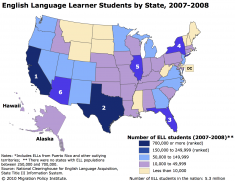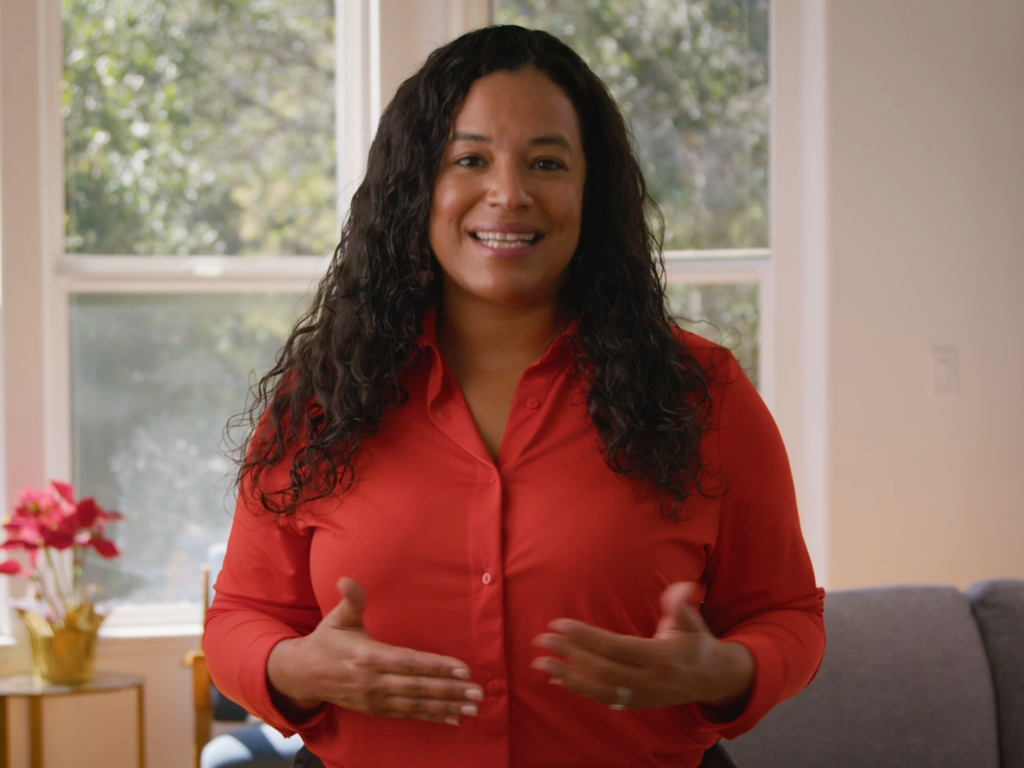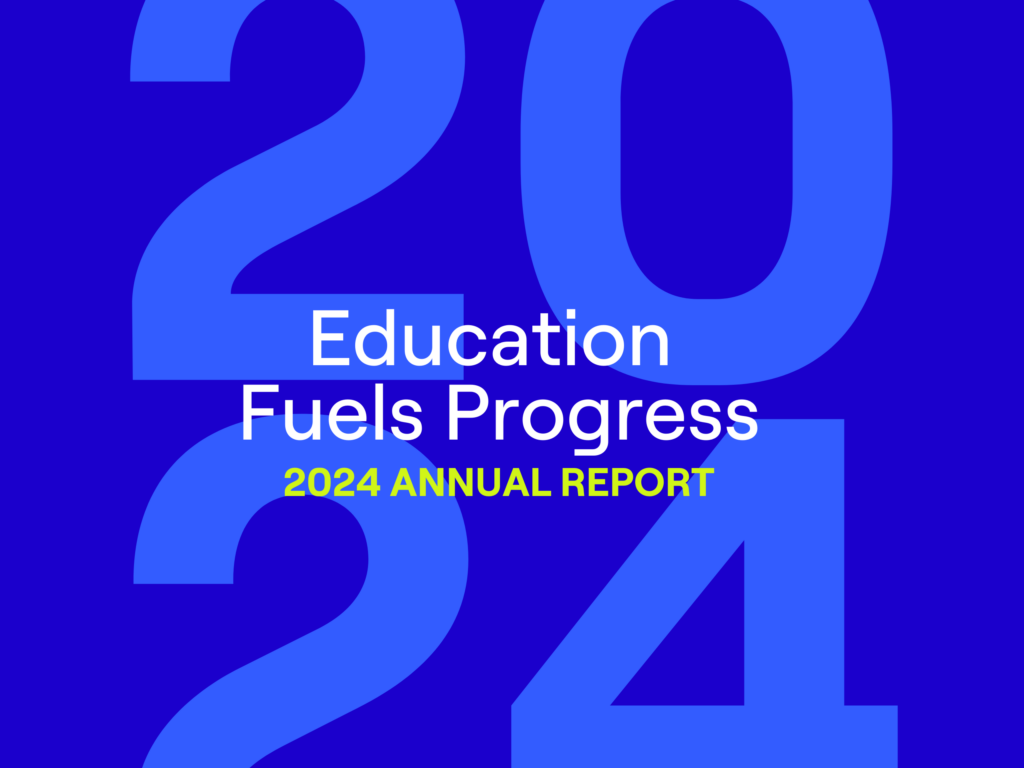Last week I shared some of our thinking behind our investments in STEM, relevance and communication, found here. With this post, I’ll share our approach for investing in special education and english language learning.
Specialized Tools Can Better Reach Children Outside of the Mainstream
While traditional venture capital has backed consumer-oriented english language learning tools like Rosetta Stone, Livemocha and more recently, mobile apps like Duolingo, we take a very different approach. We target tools for educators in schools serving these students.
Our school system is undergoing a long, slow shift from a mass-production model of instruction to a more differentiated model. This is a good thing and will be better for both the educators and children within the system. While we’re excited that new blended models are pioneering the way for whole school change, their numbers are tiny at less than 1% of US schools. We need to accelerate this shift because achievement data makes it clear that children from less privileged backgrounds and those with particular learning needs have the most to lose from a one-size-fits-all approach to schooling.
As this systematic shift lumbers on, teachers are driving change in their own classrooms. For more than a decade, differentiated instruction has been the #1 topic of interest for professional development. Teachers have long believed they needed more arrows in their quiver to teach the range of learners in their classrooms. And now, with the ubiquity of technology devices and the content ecosystems that come alongside them, teachers are actively adopting tools and content to teach diverse learners — despite the many constraints imposed by a system designed for mass-production.
Approach
The demand for educator-focused specialized learning tools and content is strong. Because technology offers unique and easy ways to differentiate curriculum and instruction, our baseline approach across all investment areas is to find products that build these features from within – it should be the norm of all education technology products¹. Newsela, mentioned previously as a tool to promote relevance, is one of the best examples with a built-in lexile leveler to reach beginning and advanced readers alike.
We have narrowed our criteria to areas with: a) high need b) an over-representation of poor and minority children² and c) opportunities to build a scalable and sustainable business. Given limited follow-on funding options, we invest in areas with Federal and State categorical funding available so the company can become cash-flow positive quickly. This space is primed for impact investors and Foundation mission-related investments (MRI’s). Our investments are focused in:
English Language Learners (ELL)
The fastest growing sub-population of students in the US is English Language Learners, currently at about 11%. Thirty percent of schools have more than a quarter of students from an immigrant background. PISA data shows that students in the US with an immigrant background³ more often attend schools with a) more children from a socio-economically disadvantaged background, b) have lower quality of educational resources available and c) have fewer staff per students, among other disadvantages (see table ii.4.9).
Special Education (SPED)
About 12% of US students have identified special learning needs. Special education teachers have some of the toughest jobs and the poorest tools available. It is an area virtually devoid of innovation and yet these teachers have some of the greatest needs for personalized learning tools. After all, differentiated instruction began in special education classrooms. Faced with the reality of a classroom of diverse learners, special education teachers adapted their instruction and developed new pedagogical strategies.
In both ELL and SPED, we look for tools and curriculum to help educators support the learning needs of their students while efficiently meeting compliance demands for categorical funding. We would like to do a lot more investing in this category and are researching needs for rural children and early-diagnostic tools for classroom teachers to screen for learning disabilities so those children can get help sooner. We are at the tip of the iceberg in understanding how technology can positively impact the lives of children with special learning needs — and we are keen to invest in entrepreneurs who are leading this innovation and will equip our educators with the best tools possible.
 |
LocoMotive Labs designs exceptional assistive and play-based learning applications to empower kids with special needs to be independent learners.
|
 |
Goalbook creates research-based resources that empower teachers to design rigorous and engaging instructional plans for diverse student needs.
|
 |
Ellevation is exclusively focused on the needs of English Language Learners and the educators who serve them.
|
 |
PresenceLearning makes online |
¹Stanford professor Jo Boaler calls differentiated learning tasks, “low-floor, high ceiling” – we look for products similarly designed.
²The overrepresentation of certain ethnic groups in special education programs (and underrepresentation in AP and gifted programs) has been a recognized problem for 30+ years.
³Among OECD countries, only Luxembourg, Switzerland, Australia, new Zealand, Canada and Israel show a higher concentration of students with an immigrant background in schools (the OECD average is 14%).



